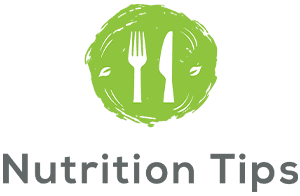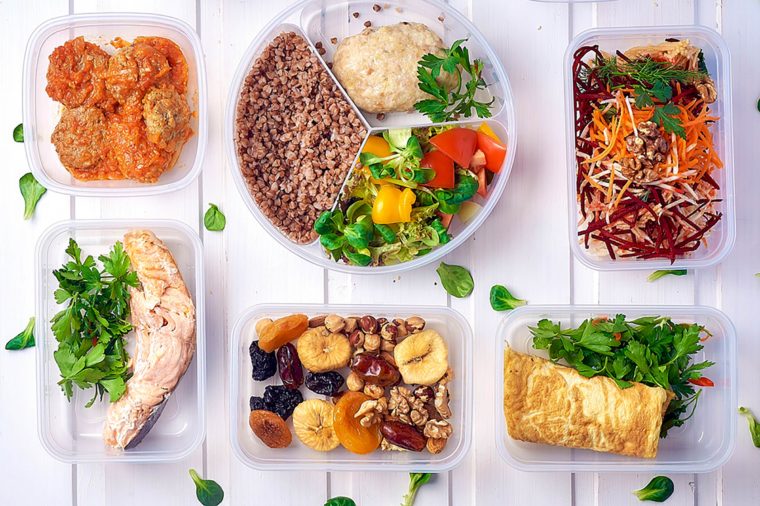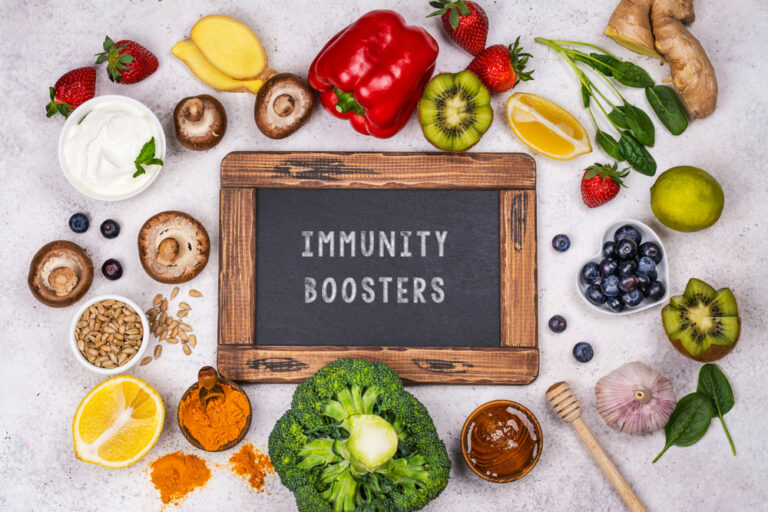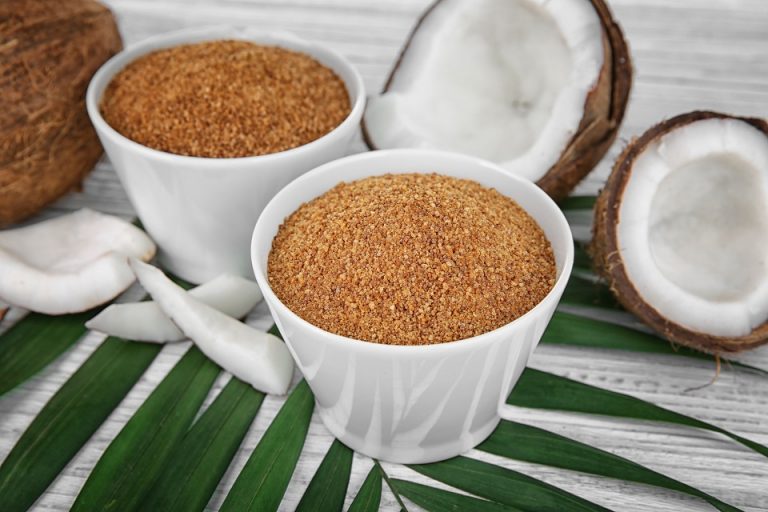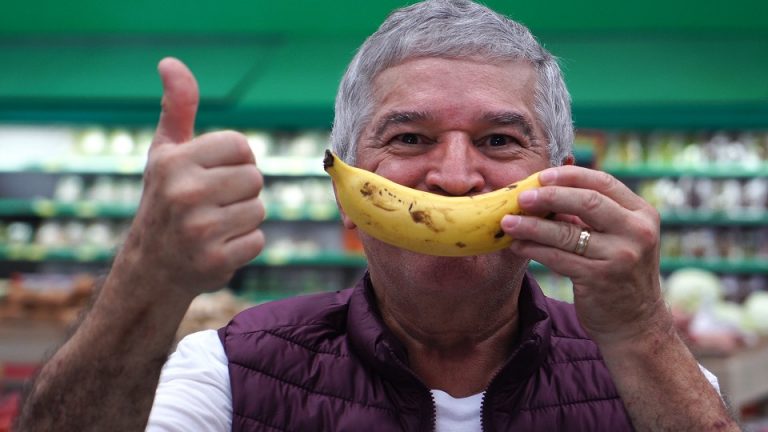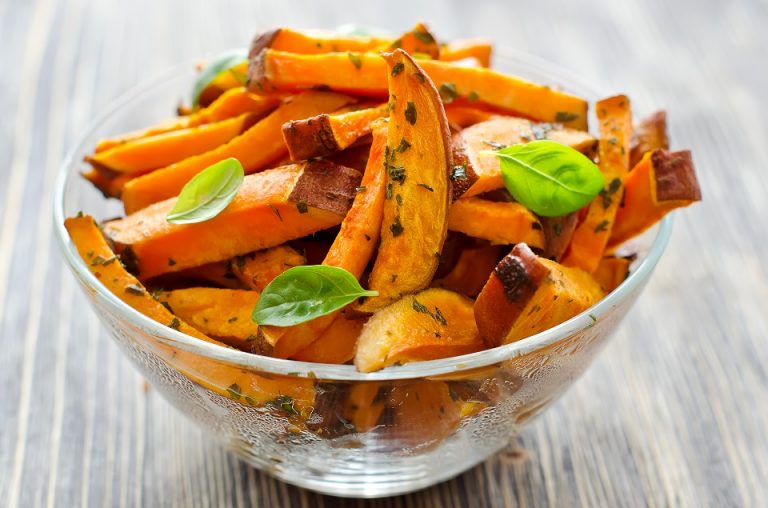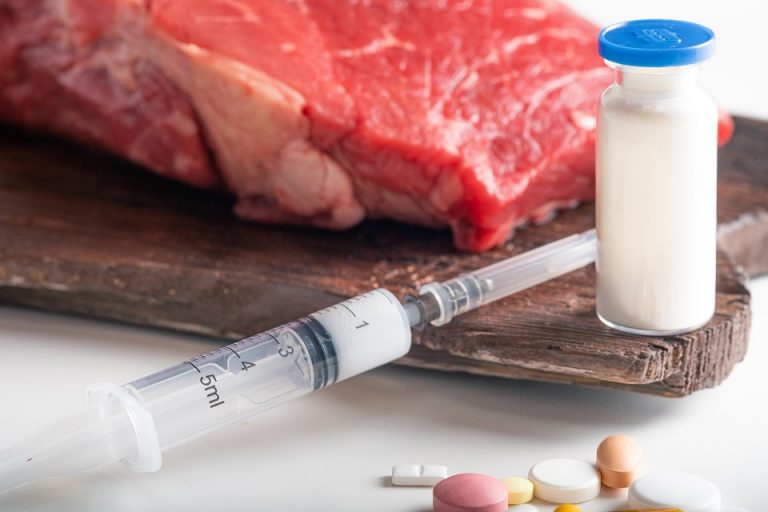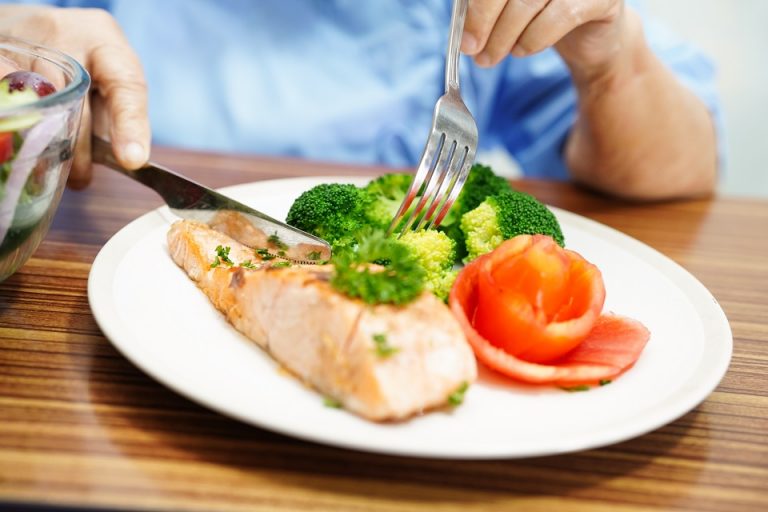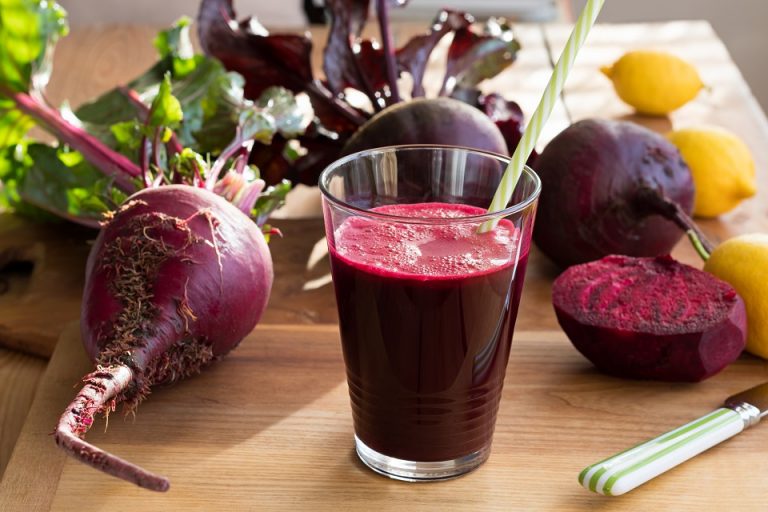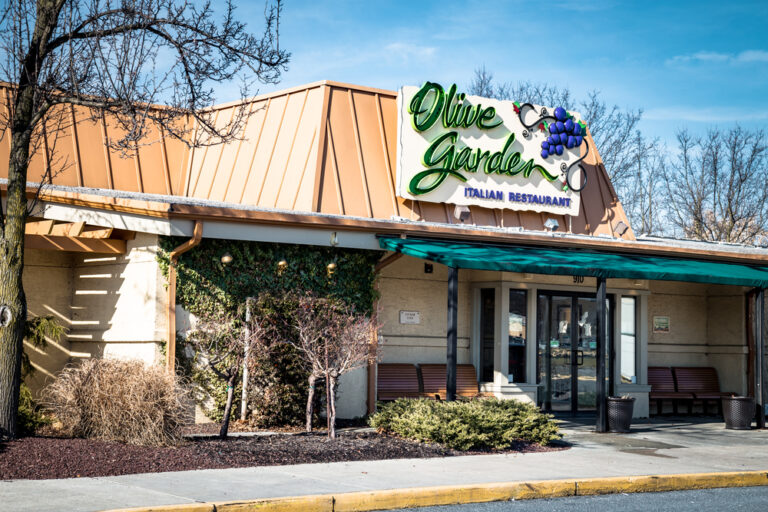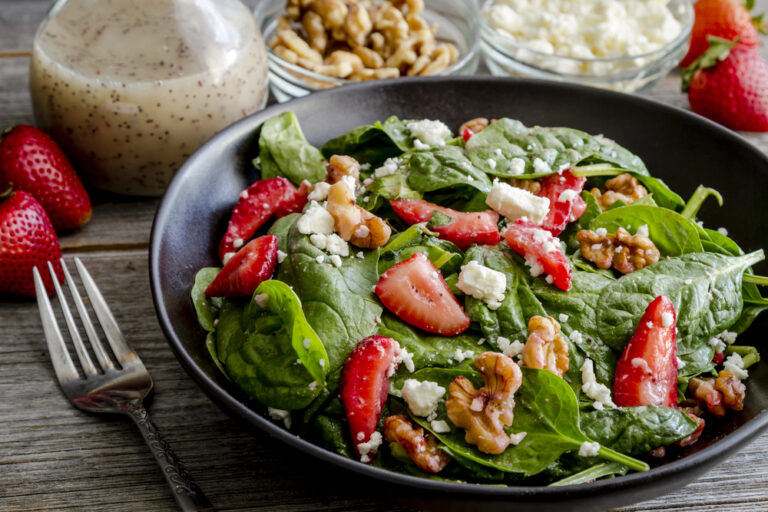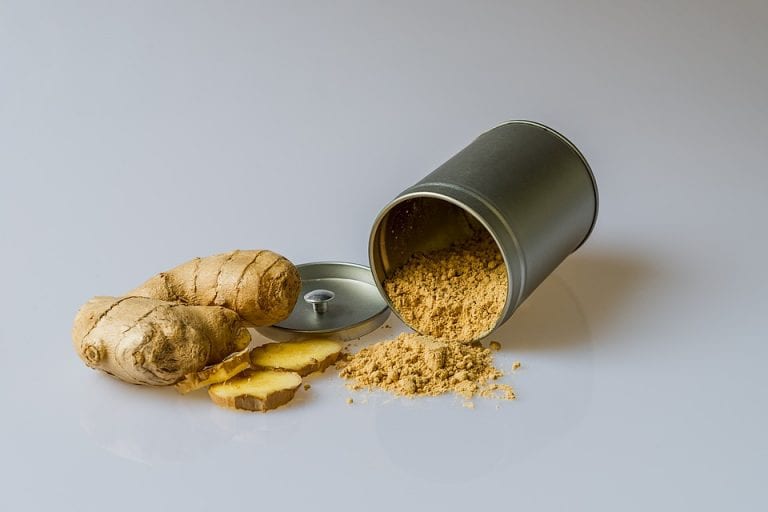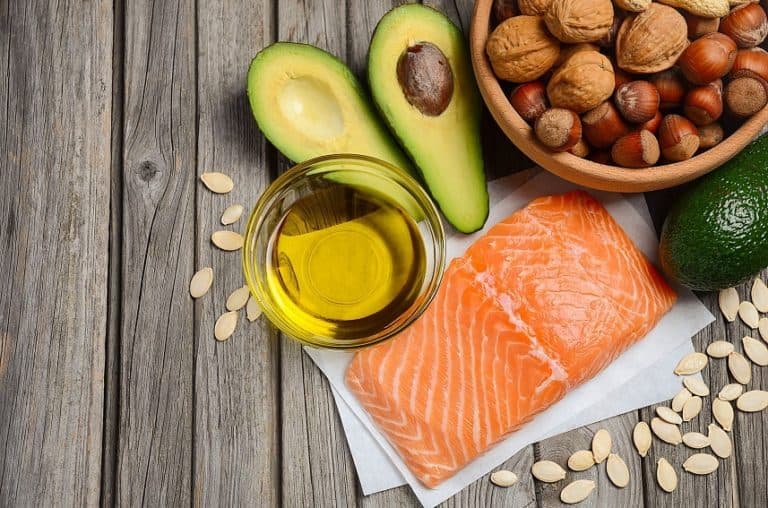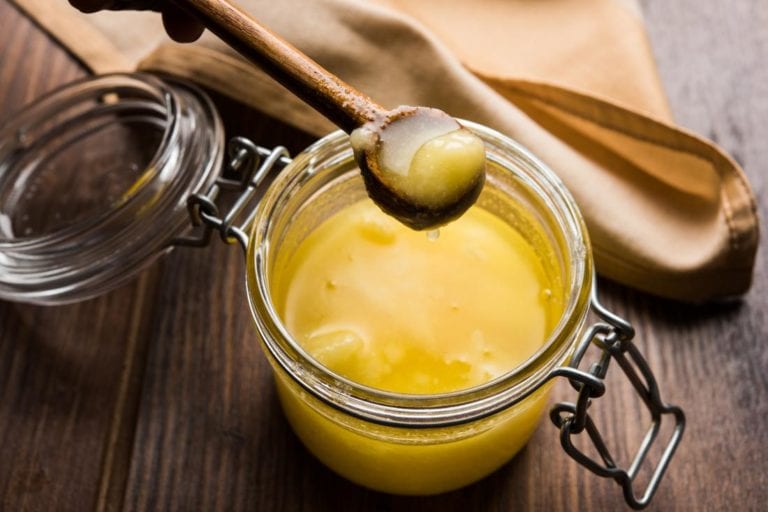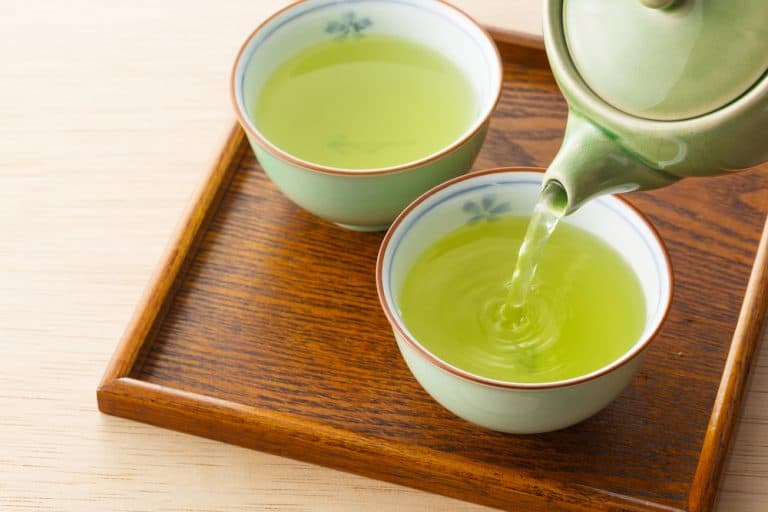Some popular food brands use misleading messaging to trick you into thinking you’re making a good choice when buying certain products. However, these “healthy options” are hiding unpronounceable ingredients that can actually derail your efforts to get healthier. Read on to discover them!

1. “Whole-Grain” products
Grocery stores have many “whole-grain” products. Unfortunately, the vast majority of them don’t deserve that “whole-grain” stamp of approval, says Megan Casper, MS, RDN, founder of Nourished Bite.
The U.S. Food and Drug Administration notes that “whole grains” contain the three integral parts of a grain—bran, endosperm and germ—in the same proportions as intact grain products.
However, products must contain only 51 percent of this whole-grain mixture to be labeled as “whole grain.” As you probably guessed, the rest of 48 percent could be processed (refined grains) Casper explains.
So, those “whole-grain” products we often see at our favorite grocery store lack the antioxidants and fiber of real whole grains, even when they are labeled as such.
What to eat instead: Casper suggests opting for products that say “100% whole wheat” on the package, contain a 10:1 carb to fiber ratio, or bear this whole grain stamp. All these clear signs ensure that the ingredients found in the product are whole grain.

